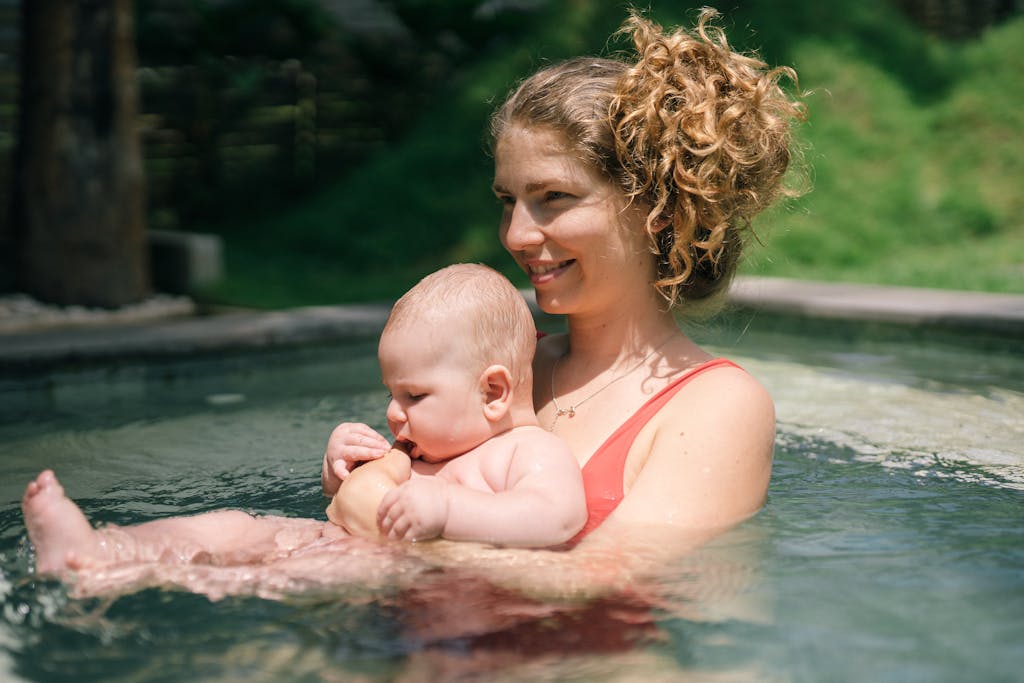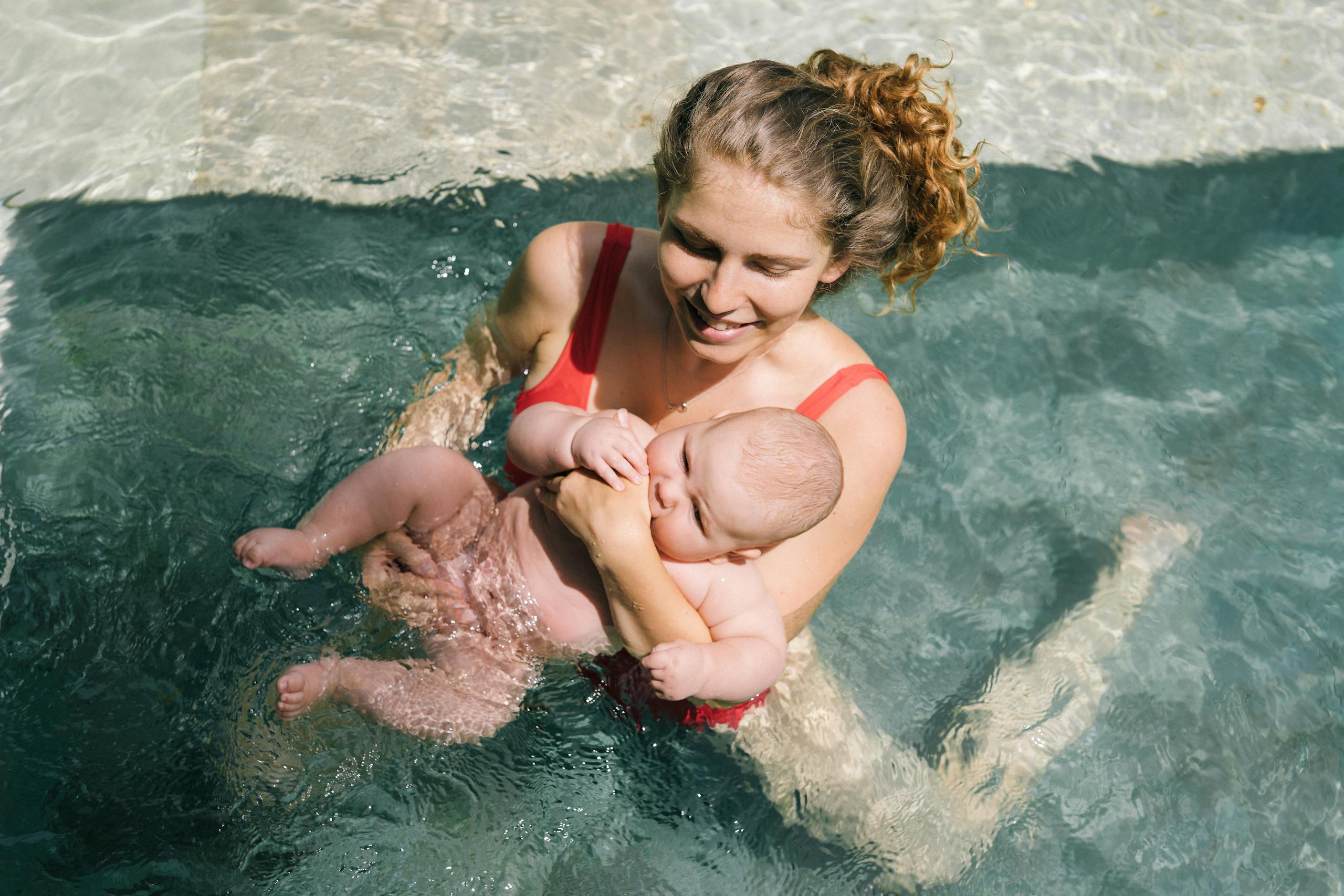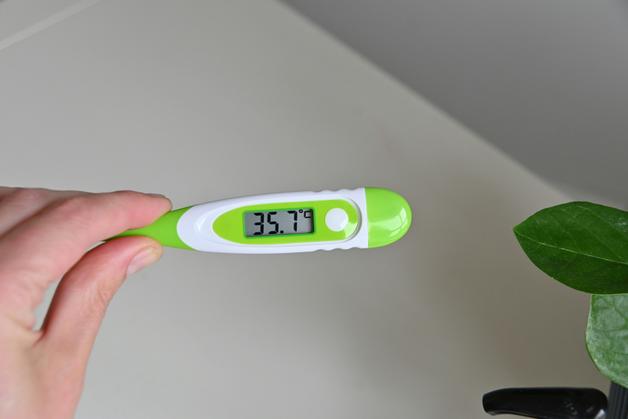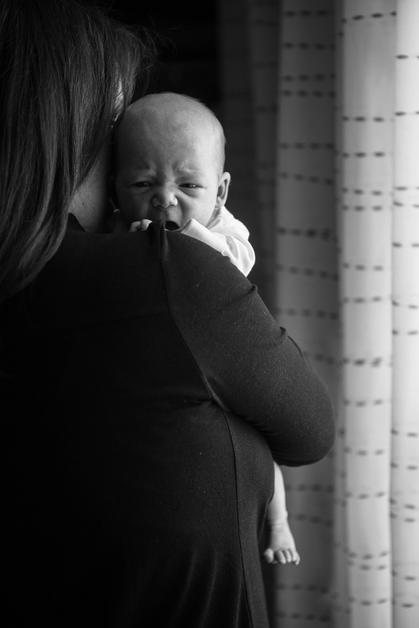Curiosity, anxiety, fascination—parents experience a whirlpool of emotions at the mere idea of introducing their newborn to water. The swimming reflex often feels almost magical—can babies really paddle and hold their breath underwater, seemingly by instinct? You might wonder if these movements signal your child is safe, ready for lessons, or simply displaying nature’s hidden design. But beneath the surface lies intricate biology: primitive reflexes, brain mechanisms that orchestrate survival responses, and developmental changes that shape early movement. When should you expect this reflex to appear? Why does it fade? Is it a predictor of swimming prowess or just an evolutionary echo? And, perhaps most pressing, how can you turn tiny splashes into a foundation of safety, connection, and confidence? Let’s dive in with clarity and scientific grounding.
The swimming reflex: what actually happens in your baby’s body?
The swimming reflex—sometimes called the “baby diving reflex”—is one of those astonishing phenomena that seems to defy explanation until you unravel the science beneath. Present from birth until around four to six months, this reflex surfaces when a baby’s face encounters water. In that moment, several automatic processes unfurl, often surprising onlookers:
- Breath-holding (apnea): The baby instinctively stops breathing, a protective mechanism directed by the brainstem.
- Bradycardia: The heart rate drops—that’s the body’s way of conserving oxygen and prioritizing supply to vital organs like the brain and heart. You may have noticed your baby’s skin taking on a calmer hue or their heartbeat slowing ever so slightly if monitored.
- Coordinated limb movements: Placed tummy-down in water, infants will begin those unmistakable paddling and kicking motions—primal, rhythmic, and largely involuntary.
This intricate system is orchestrated deep in the brainstem, where neural pathways respond to the sensation of water. Scientifically, this suite of reactions is sometimes discussed as part of the broader mammalian diving response, but what differentiates human infants is the synchronous movement of breath-holding with functional limb motion.
Primitive reflexes and the neurodevelopmental story
Woven into this aquatic dance are what healthcare professionals call primitive reflexes—automatic actions that emerge in utero and, for a brief window, guide a newborn’s initial encounters with the world. The swimming reflex is only one player among many:
- The gag reflex shields the airway, preventing water from entering the lungs.
- The Moro reflex (often observed as a startle response) prompts grasping and extension—protecting against sudden sensory change.
- The Landau reflex begins a bit later and supports postural adjustments, prepping the body for more nuanced, voluntary control.
Each reflex acts as a building block, constructing the foundation for later milestones like sitting, crawling, and—one day—real swimming.
When and why does the swimming reflex fade?
You may have heard anecdotes claiming some babies can “swim” from birth. In reality, the swimming reflex is a fleeting visitor, usually strongest between birth and four months and rarely persisting beyond six. Why the time limit? As cortical control in the brain matures, voluntary movements gradually take over, and primitive reflexes—including the swimming reflex—are integrated and then replaced.
Sometimes, the reflex might disappear a little earlier or linger slightly longer. If it persists notably past six months, or if you notice a lack of symmetrical limb movement, it can flag a need for developmental assessment. Generally, though, the trajectory is predictable—an elegant, slow hand-off from reflexive to intentional action.
Observing and encouraging the swimming reflex safely
Enthusiasm to see the swimming reflex in action is only natural—but safety must always be the anchor. Here are practical, evidence-based tips for parents intrigued by early water experiences:
- Stick to shallow, warm water (think 37°C/98.6°F).
- Gently support your baby—never force submersion, and always keep your child’s comfort and calm in mind.
- Watch for relaxed, even paddling motions and a brief breath hold. If you see signs of distress or irregular, asymmetrical movements, pause and observe—sometimes babies simply need a break.
- Steer clear of deep or cold water, and avoid dunking your baby’s head unless advised by a medical specialist or a professional swim instructor with neonatal experience.
Curious about water toys or playful splashing? These micro-experiences stimulate the vestibular system—critical for balance—and introduce your baby to comforting, predictable aquatic sensations.
Clinical significance: when should you be concerned?
What if the swimming reflex seems absent or unusually persistent? Or perhaps one arm kicks with less energy than the other? Generally, individual differences are common and not immediately worrisome. Yet medical evidence points out that:
- Persistent primitive reflexes past their expected period can sometimes signal challenges with motor development.
- Completely absent or exaggerated swimming reflex may reflect neurological immaturity, which—to err on the side of caution—should prompt a conversation with your pediatrician.
Early intervention can recalibrate a child’s sensory-motor trajectory, supporting milestones in balance, coordination, and even emotional regulation.
Water play: building the building blocks of movement
The benefits of gentle, supervised water experiences extend far beyond the swimming reflex. For babies, water is a unique sensory environment—buoyant, soothing, and full of ever-changing textures. Here’s what the research suggests:
- Water play aids in body proprioception (the sense of where limbs are in space), and fine-tunes both motor coordination and self-awareness.
- For infants grappling with sensitive digestion or difficulties sleeping, warm water often brings comfort and relaxation—sometimes more powerfully than any lullaby.
- Positive, slow-paced water activities can even reinforce the bond between caregiver and child, through shared discovery and physical closeness.
Considering a “baby swim” class? Many programs invite infants from about six months old, blending playful activities with guided support from experienced instructors. These sessions aren’t about early swimming skill, but rather about building trust, confidence, and healthy movement patterns.
The limits of the swimming reflex: aquatic safety myths
It’s tempting to think that a robust swimming reflex means a baby can fend for themselves in water—or that the risk of drowning is somehow reduced. Unfortunately, despite automatic breath-holding and apparent paddling, infants cannot protect themselves:
- Conscious control is absent, and babies lack the awareness needed to avoid hazards.
- Drowning risk remains significant, even in a few centimeters of water or a seemingly harmless bath.
- All trusted guidelines emphasize the need for constant, unbroken adult supervision.
Remember: no reflex, no class, no floatation device replaces watchfulness. Take-home advice for aquatic safety:
- Never turn away, even for a moment.
- Always use baby-friendly pools or shallow areas with suitable water temperature.
- Respect your child’s comfort cues—avoid pushing a nervous or resistant baby.
Beyond the reflex: sensory, cognitive, and emotional growth in water
Water, as a medium, offers a rich spectrum of sensory inputs. The swimming reflex may be fleeting, but the experiences fostered through early water play stimulate multiple developmental domains:
- Touch: Skin adapted to the tactile shifts of water produces calming neurohormones.
- Movement: The body learns to adjust, balance, and orient—all while suspended, weightless and with less gravity resistance.
- Hearing: Sound changes underwater, introducing a new auditory landscape.
For some babies—and parents—water becomes a shared sanctuary, softening moments of colic or nighttime restlessness. For others, it’s a theatre of giggles, gentle waves, and new discoveries.
Research and emerging therapies
Cutting-edge studies in pediatric neurology and developmental science continually revisit the swimming reflex. Neonatal practitioners use aquatic settings to assist infants and young children with developmental delays, employing water’s supportive properties to encourage motor integration. Neuroimaging is starting to reveal how these primitive reflexes are wired into the infant brain—and how, in turn, guided aquatic play may aid children at risk of coordination or sensory processing difficulties.
Evolutionary biologists, meanwhile, speculate that the swimming reflex reflects adaptations designed for early life survival among mammals, sparking ongoing fascination across health fields.
Key takeaways
- The swimming reflex is a short-lived, natural phenomenon where infants exhibit automatic breath-holding, slowed heartbeat (bradycardia), and paddling motions—generally fading between four and six months.
- These responses are signs of healthy neurological function but do not confer water safety or swimming ability.
- Gentle, supervised water play supports sensory and motor development, fosters a sense of security, and can strengthen the parent-child bond.
- If the swimming reflex is absent, asymmetric, or persists unusually long, speaking to a pediatric medical professional is advisable—early guidance can optimize your child’s developmental path.
- Safety is non-negotiable: always maintain vigilant supervision, prioritize comfort, and favor positive, playful experiences in the water.
For parents wanting tailored advice, health guidance, and developmental questionnaires designed especially for children, consider downloading the Heloa app—an evolving resource to support your parenting journey.
Questions Parents Ask
Can babies really swim because of the swimming reflex?
It’s understandable to think that newborns can swim just because they show coordinated movements in water, but this reflex doesn’t mean they are actually swimming or safe in water. The swimming reflex is an automatic reaction, not a conscious skill. Babies don’t have the strength, awareness, or control needed to keep themselves afloat or breathe safely underwater. While the reflex looks impressive, it simply provides temporary, instinctive reactions that fade as babies grow. Always prioritize close supervision and gentle support during any water play.
Is the swimming reflex unique to humans, or do other animals have it too?
The swimming (or diving) reflex is not exclusive to humans—it’s observed in many mammals, especially newborns. For instance, young seals, dolphins, and some other animals show a similar response when submerged. This reflex includes breath-holding and an automatic slowing of the heart rate, helping conserve oxygen. In humans, as in many animals, these instincts serve as early protective mechanisms, but over time, they disappear as voluntary control develops.
At what age does the swimming reflex disappear, and what does it mean if it lasts longer?
Most babies display the swimming reflex from birth, and it typically fades between 4 and 6 months of age as the brain develops more voluntary motor control. If you notice the reflex lasting well beyond this period, or if your child isn’t showing equal movements on both sides of the body, it may be useful to seek advice from a pediatrician. In most cases, though, variations are normal, and some babies may naturally integrate these reflexes at their own pace. Rassurez-vous, professionals can support you in understanding and supporting your child’s unique development.










